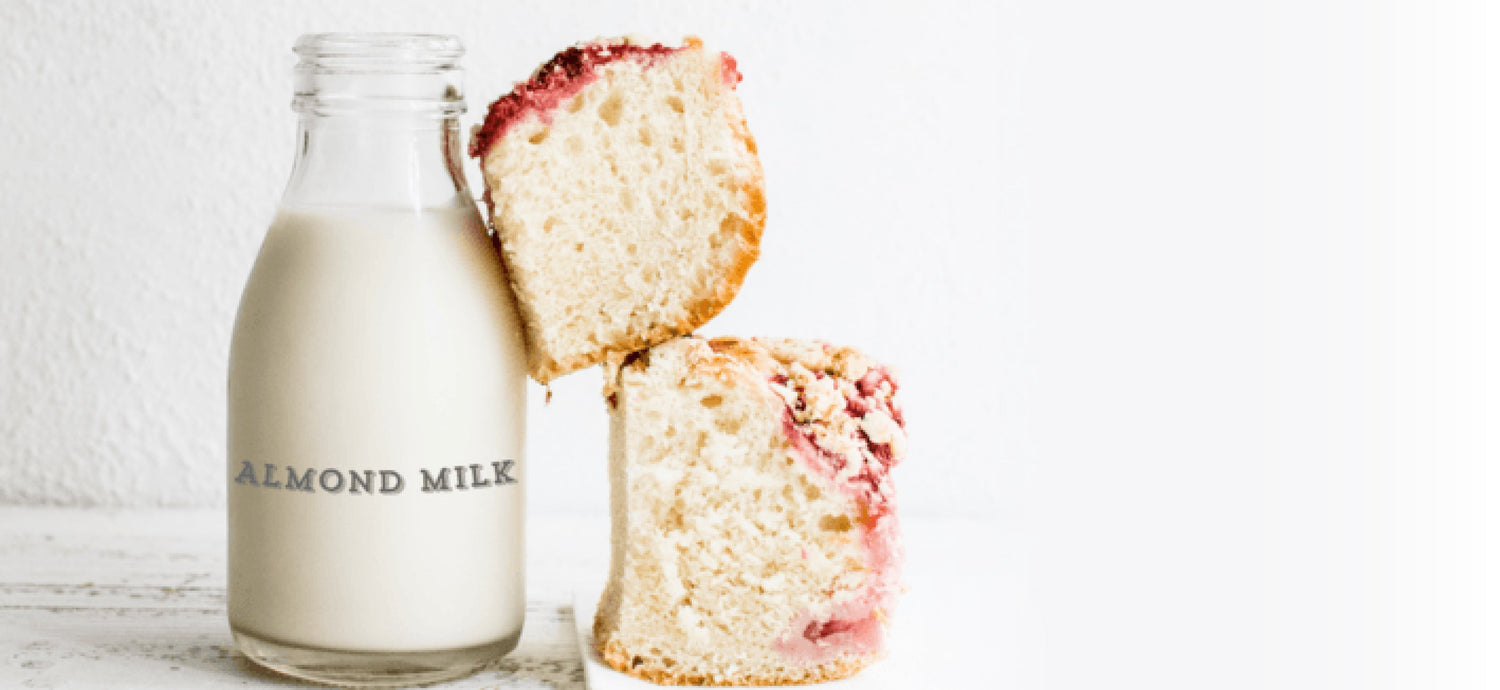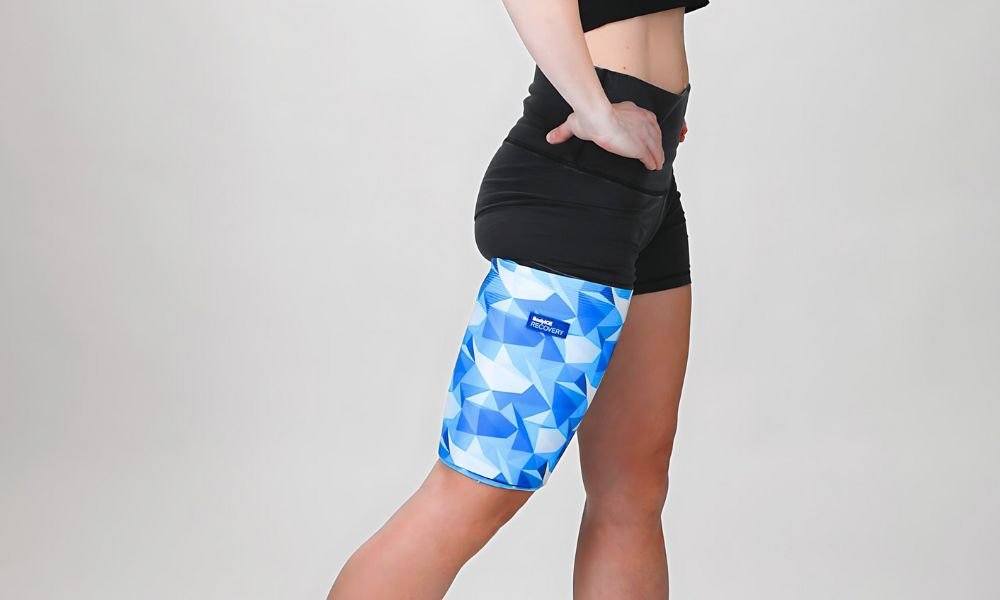Milk Alternatives
For millennia animal milks were a staple for our farming ancestors, providing them with much needed calcium, vitamins, minerals and fats. Historically cow milk has been the largest source of calcium, for which it continues to be applauded; our food pyramids even dedicate a whole section to dairy! Whether you have “issues” with dairy products or not you can’t have failed to spot the ever increasing range of alternative milks supplied by our supermarkets these days. Fantastic news for all those long suffering lactose intolerant people amongst us, but what does it mean for the average dairy consuming consumer?
When used cleverly alternative milks can actually be a fantastic way of supplementing your nutrition profile at home. Especially for fitness fanatics, switching up your milk smoothies can in fact add a whole heap of nutrients. But with so much on offer these days, from nut to seed to cereal to, yep, even potato, what do you choose?! Here a quick run-down of what’s available and some of the benefits of each.
Animal milks
Cow milk gets a bad rep these days in both the health and environmental stakes, but it’s not all bad; rich in whey and casein that are applauded for preserving lean muscle mass and improving metabolic health during weight loss, it makes a great protein source. In fact, the protein in animal milks are easier to digest than plant proteins so they may better aid muscle repair and regrowth post exercise than their plant based alternatives. Omega 3 fatty acids also abound for that healthy heart, bones and brain, while CLA supports the immune and inflammatory systems and increases bone mass, improves blood sugar regulation, reduces body fat, reduces risk of heart attack and promotes lean body mass maintenance. Bear in mind though, that you can find CLA as a supplement, so if you’re looking to decrease your dairy intake you still can!
With all that good stuff, why would you choose to decrease your dairy consumption? Dairy is a source of inflammation inducing saturated fats and can disrupt your gut microbiome causing bloating. As a mucagen it leads to congestion, and it is a common allergen with 2 in 3 adults experiencing difficulty digesting milk, whether through intolerance to lactose or sensitivity to caseins. Dairy can also cause acne.
If you’re thinking of reducing your intake without heading into the territory of nut and seed milks just yet then goat and sheep milk may be for ewe (!). Both have similar nutritional profiles with less of the allergenic effects, namely as they are lower in lactose.
Nut milks
These days it is debatable whether nut or soy milks take the lead as the most popular alternative to dairy, but nut milks certainly have seen the most growth of late. Made from, you guessed it, nuts, that are shelled, sometimes toasted, blended with water and strained they contain protein, healthy fats, Vitamins D, B2 and B12, and a wealth of minerals, they are 100% plant based, low in cholesterol and saturated fat, and provide a source of calcium that is naturally lactose free. They tend to contain lower protein than their dairy counterparts though, for example almond has 1/8th the protein of cow milk so combine with other protein sources; how about a nice quinoa breakfast bowl instead of that weetbix?
Almond milk, which has been around since the middle ages, and hazlenut are the most popular off the shelf. Almonds are high in Vitamin E, manganese, selenium, magnesium, potassium, zinc, iron, fiber and phosphorous and have the highest calcium of all nuts in the lowest calorie package. Hazelnut milks can be found both toasted and untoasted, the process of which lends a distinct flavour, making it popular in the taste stakes (think Nutella!). It is chocolate brown in colour, so if you’re experimenting with alternatives and are used to white milks be prepared.
But what of the rest? Pecans, weigh in as the highest antioxidant nut, pistachios the lowest acrylamide with a naturally sweet taste. Cashew milks are high in fiber, antioxidants, copper and magnesium and if you’re looking for a better taste it’s creamier than almond milk, though lower in protein. And then there’s macadamia which is rich in monounsaturated fatty acids. Up to 85% in fact, 50% of which is oleic acid, the same stuff you find in olive oil, BUT macadamias also contain palmitoleic acid, an omega 7. Never heard of it? That’s because it’s incredibly rare, but macadamias have it in spades, 14-22% in fact! Helping you to lower your risk of heart disease and stroke. Macadamia weighs in at the lowest protein and mineral, and highest calorie though.
But what if you have nut allergies? Make way for the…
…Legume milks
That’s right, milks from peas and beans! They are processed in a similar way to nuts, but have to be cooked first to reduce toxins, meaning they are harder to produce at home.
Soy products remain heavily debated in the media due to GMO concerns, intensive farming methods and potential nutrient content ‘issues’. However, soy milk has been around in Asia for centuries where it is more prevalent than cow’s milk. A by-product of tofu production it is the least processed of all milk alternatives. It is highest in protein, low in saturated fat and easily available in the supermarket. Soy does however contain oligosaccharides which can cause intestinal bloating, and phytic acid which temporarily inhibits absorption of calcium, magnesium, iron and zinc; maybe not one to pair with a nutrient rich smoothie then. It’s great in tea and coffee though, where it is one of the most stable of alternative milks. Don’t let this put you off soy products however, as fermenting soy beans reduces phytates; soy products like miso and tempeh therefore don’t have this problem. And, soy has been linked with prostate cancer prevention, so not one to throw out just yet!
If you’re still worried about soy but want the high protein of a legume based milk, why not try pea? Containing the same protein content as cow’s milk, with 50% more calcium than almond milk, all in a low saturated fat, creamy tasting package, pea milk packs a powerful punch. All pros then for the pea!
Seed milks
Seed milks include hemp, sunflower, flax, sesame and pumpkin. The advantages are that they are rich in omega 3 fatty acids and 10 essential amino acids, making them great sources of protein. They are however the most expensive of the milk types and lack calcium for bone health. Hemp is the most commonly found on the high street and, yes, it is made from water and cannabis seeds. Don’t worry though it is produced minus the psychoactive component so no unexpected side effects. Characterised by a nutty, unobtrusive creamy taste it is great in baked goods and mashed potato!
Grain Milks
Grains produce the most carbohydrate rich milks, and are most commonly found in rice and oat form. Great if you’re looking to boost your carbohydrate levels pre or post workout, but not so great if you’re calorie counting or struggling with diabetes. Rice holds up best under heat making it good for cooking and it weighs in as the least allergenic of all milks. However, it has the lowest nutritional value; made from boiled rice, rice syrup and rice starch it is a high sugar, low protein product. Increasing levels of arsenic in rice are also of concern these days so use sparingly! Oat milks have the second highest natural sugar content. Oats however have the advantage of containing the cholesterol reducing soluble fibre beta glucan which helps to decrease LDL levels and reduce blood pressure. It does seem a bit pointless adding oat milk to your porridge though, so best for use in non-cereal based meals and drinks!
Lastly…the coconut!
Is it a nut, a fruit or a seed?! It’s all! When we’re talking coconut milk as a milk alternative however, we’re not talking the stuff from the can. Once again we see a freshly grated coconut meat and water mixture that is strained to make a naturally sweet milk with a creamy texture, reminiscent of whole milk. Coconut milk is loaded with potassium and medium chain triglycerides, an easily digested healthy fat that helps remove body fat. But consume in moderation as 1 cup provides 20% of your day’s saturated fat.
Tips for milk and alternative milk shopping:
- Choose low sugar varieties – you can always add it, but you can’t take it away
- Watch for added oils that increase calorie content
- Choose fortified vitamin brands that increase nutritional content, but watch for other added ingredients such as stabilisers, thickeners and artificial ingredients. For example, carrageenan causes inflammation, so choose brands containing sunflower lecithin or gum as emulsifiers instead.
- Opt for organic non GMO products.
- “Activated” milks come from nuts and seeds which have been soaked to begin germination. This reduces the indigestible components that are the nut’s defence against predators and releases enzyme inhibitors to increase nutrient availability.
Or…
- Make your own! It’s easy and 100% natural! Keep an eye out for our one size fits all recipe!
However, if you’re still not ready to leave behind dairy, remember…
- Many of the minerals in animal milks are fat soluble so choose at least 1% fat content.
- Where possible choose milk from grain fed organic animals to reduce hormones and antibiotic content, and increase omega 3 and CLA content (by 2-5 times!).
- If you’re feeling adventurous you could even try milking your own goat, cow or ewe!…though cooperatives with local farmers, which are becoming extremely popular these days, may be the safer option.






Leave a comment
All comments are moderated before being published.
This site is protected by hCaptcha and the hCaptcha Privacy Policy and Terms of Service apply.